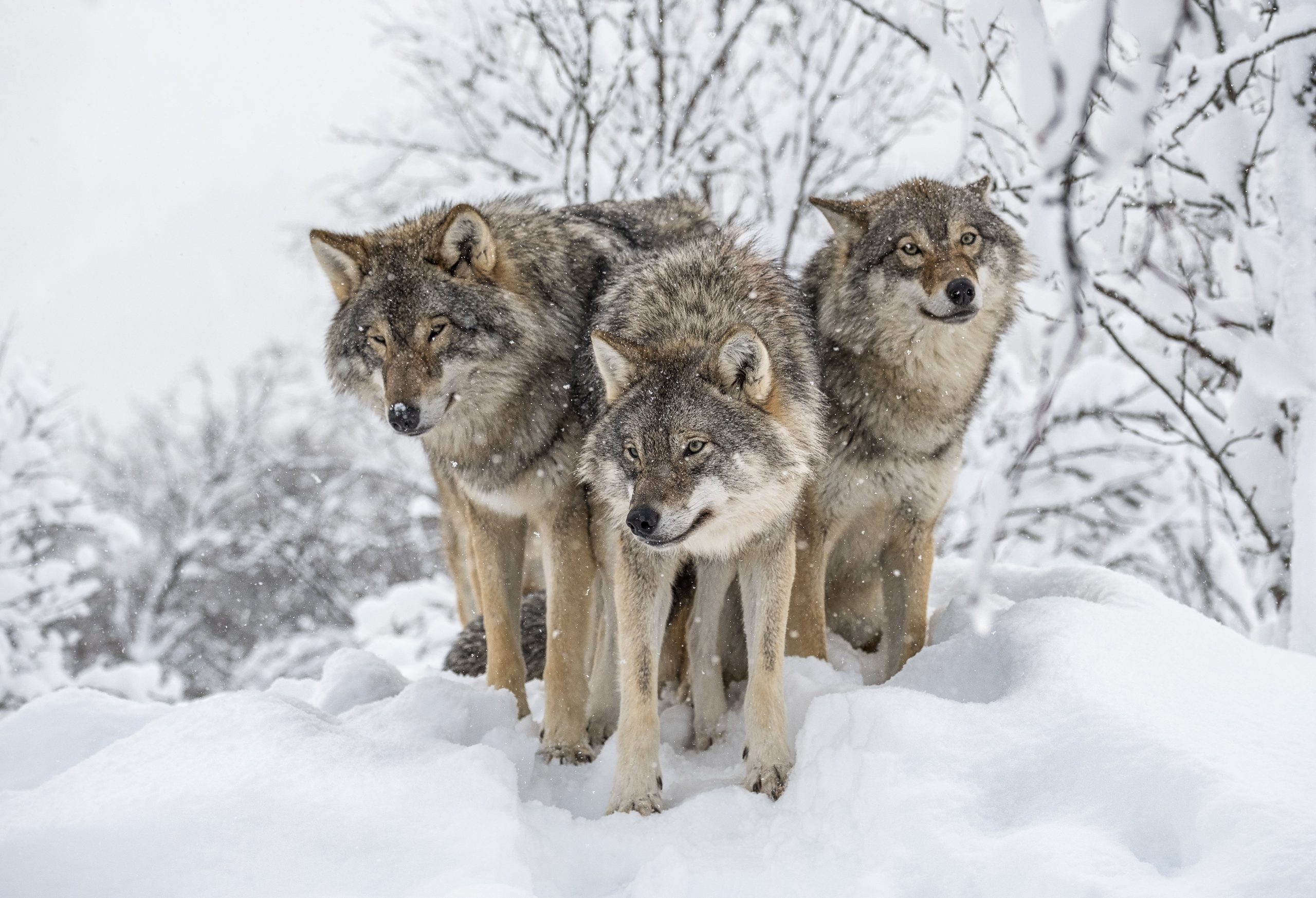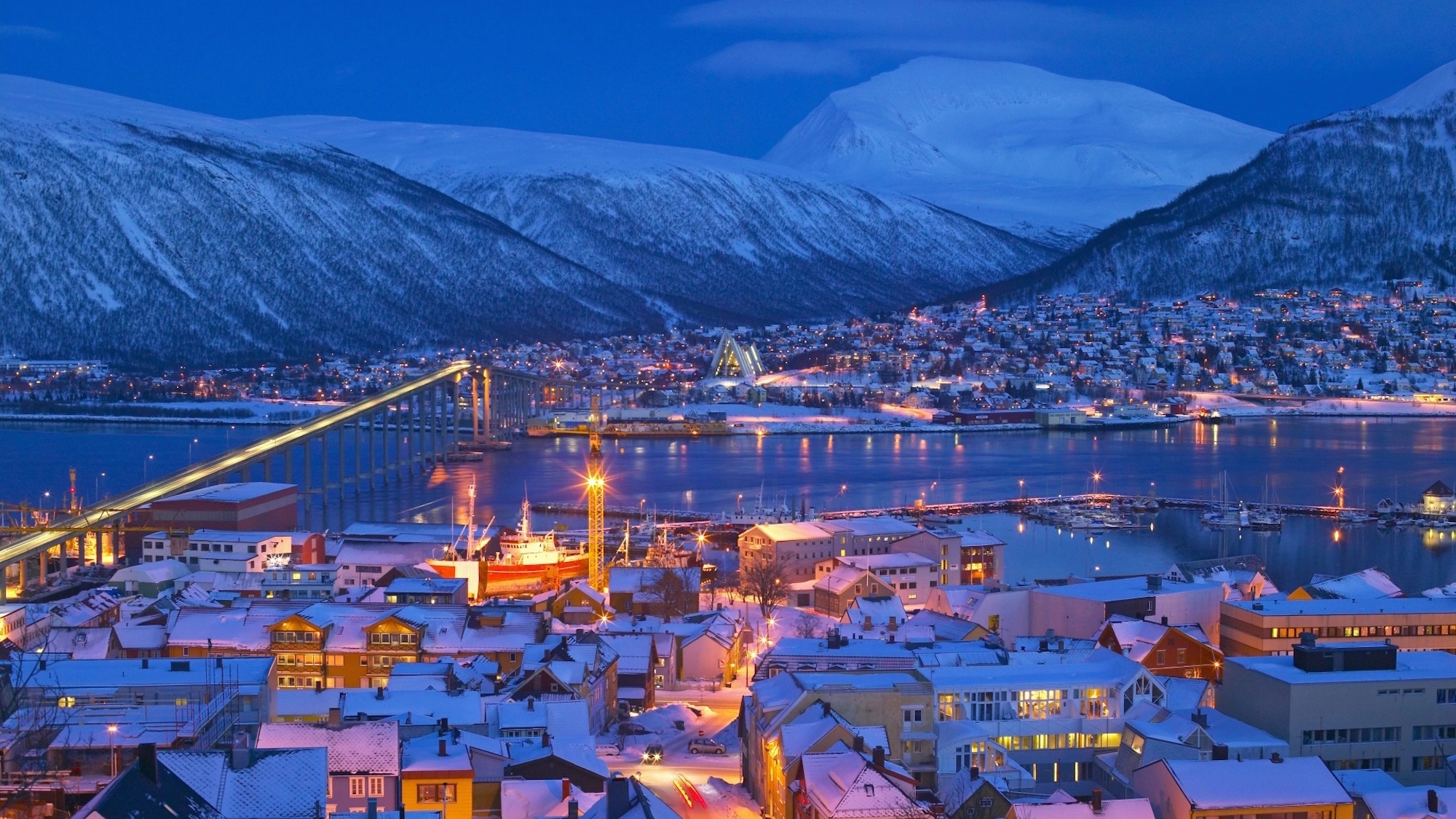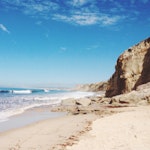HOW TO GET THERE
Many airlines fly to Tromso from the US, so you will have tons of options to get to Iceland. If you are arriving early or staying later, please let us know and we will contact our supplier to get a group rate at the hotel so you only have to check in once.
You can easily route your flights using FlightsFrom.com to view the best way to get to and from destinations. We also recommend using Google Flights to compare the different airlines and their prices/routes. ALWAYS book your flights direct on and airline’s website and don’t use third-party sites. You don’t want to have issues in travel and must rely on calling a third-party for assistance. Airlines will not speak with you directly about third-party bookings.
CURRENCY
Norway’s currency is the Norwegian Krone, Finland’s is the Euro, and Sweden uses the Swedish Krona. The Nordics and Scandinavia region is also known to be more expensive for shopping and eating, so be prepared for a higher price tag than you see in the US or other places in Europe.
Credit cards are accepted almost everywhere we are, however if you want cash, you will also be able to find ATMs almost everywhere we go. Try downloading a currency app like XE Currency to see the most current currency conversion.
ENTRY REQUIREMENTS
There are not any visas or vaccines required to visit Norway, Sweden, or Finland.
The entry requirements for US citizens to visit these countries is a passport with at least 6 months of validity and 1 blank page. For more information, please visit the State Department website here.
There are not vaccination requirements to visit Norway, Sweden, and/or Finland as of June 19, 2023, but we always recommend checking Sherpa travel requirements that are updated by the government. That site can be found here.
ELECTRICAL PLUGS
Norway, Finland, and Sweden all use the standard Europlug socket with two round prongs.
Click here to purchase your adapter/converter and see other travel accessories that will be great for this trip.
TIPPING
Each traveler will be expected to bring $100 per person to tip the guide and driver. Tips are $80 for the guides and $20 for the driver. While Euros are preferred, USD dollars are accepted, but just make sure the bills are crisp with no tears. Your Happy Ambassador will collect tips from everyone towards the end of the trip before giving them to the guide and driver.
WEATHER & WHAT TO WEAR
Weather
Not surprisingly, the weather in the Arctic Circle in the winter is COLD. Temperatures range from a high of 14 degrees Fahrenheit and a low of -14 degrees Fahrenheit. So, dress warm! You can expect snow, rain, fog, and sun, sometimes all in the same hour! Pack layers during the day, so you are prepared for whatever Iceland throws at you.
What to Wear – THIS IS THE MOST IMPORTANT PART OF PREPARING FOR YOUR TRIP!
If you’re visiting the Artic Circle in the winter, you need to prepare in advance and bring the correct gear.
It is important to have your gear ready in advance! Most of these items need to be shipped to you if you do not live in a cold weather climate, so give yourself time to return and reorder if things don’t fit. We are going to be visiting remote areas, so if you come unprepared there won’t be time or places to buy the correct gear after we arrive – you want to come prepared! You may also want to bookmark this page and reference it later.
How much luggage can I bring?
Because of the size of the tour vehicles, everyone is limited to 1 large bag, 1 carry-on sized bag, and 1 personal item.
IMPORTANT! Windproof Clothing
Travelers going to the Arctic Circle in the winter, please pack windproof clothing. The wind has the potential to be the worst weather factor during your visit. Because of this, you need to come prepared with gear made to be wind/waterproof.
I brought the following pants for myself and husband when we visited Finland in March, and they worked very well for our trip!
Footwear
In terms of footwear, wellies/gum boots/rubber boots are a definite no-no. They don’t keep feet warm and can become very rigid and dangerously slippery in sub-zero temperatures. The best thing to bring are snow boots. I also recommend bringing a pair of waterproof hiking or walking boots for lighter activity days. A top tip here is to buy some that are a size above your regular foot size so you can fit two toasty pairs of woollen socks on your feet first. Thermal or fleece insoles are very good to add as well. Paired with some ski socks, your feet will stay nice and warm whatever the weather. Merino wool socks are the best, whilst you should avoid cotton socks – cotton contains air pockets and when you perspire these air pockets absorb this moisture which in turn stops providing any insulation. Essentially, cotton makes you colder in cold weather. In fact, cotton anything (underwear, t-shirts etc) is probably a no no.
Boots for Men – click here for examples
Boots for Women – click here for examples
Legs
Thermal long underwear/long johns are great for your first layer – make sure these items of clothing are either wool or polyester. You will be wearing these everyday of our trip, so I recommend bringing 2-3 pair so you can have clean layers. A good and economical second layer is jogging bottoms/sweat pants, again, made from polyester. Your top layer should ideally be ski pants and, unsurprisingly, the famous ski brands produce the best ones. Waterproof trousers can work as a cheaper alternative but aren’t really worth it if the temperature gets below -15 degrees (which we aren’t ruling out).
Click to buy: Hot Chilly’s Thermal Layers
These base layers are currently ON SALE at Sierra Trading Post
Upper Body
The key here is layers. Like with your legs, a thermal underwear/base layer is essential. Stick with polyester and wool and once again, avoid cotton. A warm fleece shirt is perfect for your second layer ideally underneath a 100% wool jumper (essential). Fleece shirts can be quite cheap to buy so it doesn’t hurt having one with you even if you don’t wear it. Once again be sure to check they are 100% polyester – there are some out there masquerading as ‘fleece’ but which actually contain a cotton mix which should be avoided. Lastly a fleece coat/jacket is perfect for the penultimate layer ideally with a 300 weight/ 300 GSM.
These are good websites to shop for layers that are currently having sales on layers right now:
TIP: just because a sweater or shirt says “wool” in the item title, does not mean that it is 100% wool. Check the specs of each item you are ordering to see the actual material percentages. Many times items will say they are wool and are actually blended 90% acrylic and only 10% wool.
Jacket
THIS IS YOUR MOST IMPORTANT ITEM. Now this is probably the item of clothing you should spend the most on and certainly one that you should look at the better brands for. Your jacket is essentially on the front line of the weather assault and should be able to withstand the coldest weather that Lapland/Iceland can throw at you. Jackets known as ‘Down Parkas’ are definitely the thoroughbreds of the jacket arena here. Unsurprisingly these are the most expensive, but these are the types of jacket used in expeditions to the Arctic. The ‘Down’ aspect of the jacket refers to the insulation made up of goose feathers, quite possibly the best insulation there is. If this isn’t within your budget don’t panic – you can also pick up a down shell jacket or similar insulated jackets for a lot less money. But obviously the cheaper, lesser insulated jacket you go for the less effective the jacket is likely to be.
Mens
Recommended Jacket from Eddie Bauer
Recommended Jacket from Land's End
Womens
Recommended Jacket from Eddie Bauer
Recommended Jacket from Land's End
Tip: Buy one size bigger than your normal size so you can fit layers underneath.
Accessories
It goes without saying that a hat and gloves are more than necessary in Lapland. Having your head or hands uncovered is a simple no no. It is actually worth taking two pairs of gloves – one thinner pair for wearing when you need to take photos whilst outside as well as a bigger pair of gloves or mittens (gloves that have one section for the thumb and one for the other four fingers together) to wear at other times. Mittens will keep your fingers warmer than gloves! Good ski gloves are ideal as they are windproof, especially for my Iceland travelers. If you want to truly upgrade, there are chargeable heated gloves and mittens you can buy for about $100-200 per pair.
Tip: If your hands tend to sweat in gloves, please bring at least 2 pairs. You do not want to wear wet gloves. You can also bring hand and feet warmers!! If you have a Costco or Sam’s membership, you can buy them in bulk or you can order them from Amazon.
Amazon Hand Warmers
As someone who grew up skiing, on the coldest winter days hand warmers were my best friend. I highly recommend bringing some!
Rechargeable Hand Warmers
Disposable Hand Warmers
Disposable Foot Warmers
For your head the most popular type of gear to wear is a fur trapper/deer stalker/Russian style hat with ear flaps. These flaps are a God-send if it is really cold or windy as they act like built-in ear muffs. When it is seriously cold a balaclava can be really useful under a hat but this isn’t essential. Scarves or neck gaiters/snoods are also a great way to keep extra toasty when in Lapland.
Merino Wool – SmartWool.com
Trapper Hats
· Men’s Fur Trapper Hat – I ordered this one for my husband!
· Women’s Fur Trapper Hat – I ordered this one for me!
· Faux Fur Trapper Hat
Where to Shop & Save
To buy your gear and clothes, you don’t have to shop at the places I have recommended here, but they are a great resource for examples of what to bring. Growing up skiing in northern California, I have found several great outwear websites that have frequent sales on good gear! I also like that these sites have reviews on their products. For example, if someone from northern Alaska or Canada says the jacket they ordered kept them warm and dry in the dead of winter, THAT is the jacket you want to order! The outwear sites I frequently use and have regular sales of 50-70% off and free shipping are below.
· Sierra Trading Post
· Land’s End
· Eddie Bauer
Note: for coats and hats, I believe Eddie Bauer has a higher temperature (warmer) rating than similar items ordered from Land’s End. This is based on comparing their online reviews. If you want to order your coat from Land’s End, then order the “expedition” type jacket, as it is the warmest and offers better protection for the wind.
ACCOMMODATIONS
We are staying at 3-star and 4-star accommodations. Each place will have a private bathroom in the room with a safe. All the places will also have heating and air. There will also be hotels/bars on site.
SECURITY & SCAMS
The Nordics and Scandinavia are notoriously safe places to visit. The biggest danger here is the weather you will be safe if you pack correctly.
As always when you travel, be aware of your surroundings and belongings to avoid petty theft.
INTRO, GEO, & HISTORY
Intro
Norway is Europe’s great parkland: a dramatic mix of mountains, seas, forests and fjords. While the country has tidy cities, historic buildings and distinctive artists, nature is clearly its prime attraction. We think it’s one of the loveliest countries in the world, summer or winter, andthe prime travel destination in Scandinavia.
The country has astonishing variety: The serene rural landscapes around Oslo are nothing like the deep fjords along the western coast, and the countryside along the zigzagging roads to Bergen could not be more unlike the stark, barren land around Alta or the sunny coves of the south coast.
Geography
Norway is first and foremost a maritime nation, and most of its population lives along the coast or on the hundreds of coastal islands, where the weather is moderated by the Gulf Stream. The most spectacular fjords are scattered along the west coast, where Norway meets the Barents, Norwegian and North seas. The country’s eastern border abuts Sweden, Finland and Russia. The interior of Norway, which is much colder than the coast, is dominated by rugged mountains and pine forests. Part of Norway lies above the Arctic Circle.
The Sami people reside in the northern part of the country. The Sami, known to many as Lapps (although this expression is extremely impolite and offensive and should never be used) have their own language, heritage and ethnic line that differ from the rest of Norway. The Sami have traditionally been nomadic reindeer herders who move with their herds. Unfortunately, as the modern world encroaches and country borders restrict movement, many Sami people have been forced to abandon their traditional lifestyles to take regular jobs. Some have moved south to Oslo. The Sami Parliament resides in Karasjohka and deals with issues pertaining to the needs of its people. The Sami are intelligent hunters and are known for their extremely beautiful handicrafts.
History
The country’s national identity is hard to separate from the Vikings or Norsemen who set out by sea to conquer the world—and met with a surprising degree of success. The Norse explorer Leif Eriksson may well have been the first European to visit North America, around AD 1000 (predating Columbus by about 500 years). It’s thought that he landed in Labrador and Newfoundland, and perhaps as far south as New England. He established a settlement known as Vinland, believed to have been at L’Anse aux Meadows in Newfoundland.
The Black Death reached Norway in 1349, killing an estimated two-thirds of the population and leaving the weakened nation easy prey for its powerful Scandinavian neighbors. For more than 500 years, Norway was governed by Denmark or Sweden, who treated it as a rustic, uncultured backwater. It was not until 1905 that the country finally regained its independence. This relatively recent transformation to nationhood helps explain the deep-rooted patriotism of most Norwegians. When Norway was overrun by Germany during World War II, resistance was fierce—everyone from schoolteachers to fishermen organized to fight against the occupation.
Contemporary Norwegians take pride in the cultural accomplishments of such Norwegians as playwright Henrik Ibsen, artist Edvard Munch and composer Edvard Grieg. Being devotees of the outdoors, they are equally proud of their present-day athletic heroes and heroines, be they soccer players, skiers, skaters or runners.
The Norwegian standard of living is among the highest in the world, in part because the country is almost self-sufficient in its energy needs (more than 95% of which are supplied by hydroelectricity, with some use of biomass and wind power. Plus, it’s among the world’s largest oil exporters, thanks to its North Sea reserves.
Among the other achievements of modern Norwegian society is a deep-down and thorough appreciation of the equality of women—both in theory and in practice. (Norway was one of the first countries in the world to give women the right to vote.)











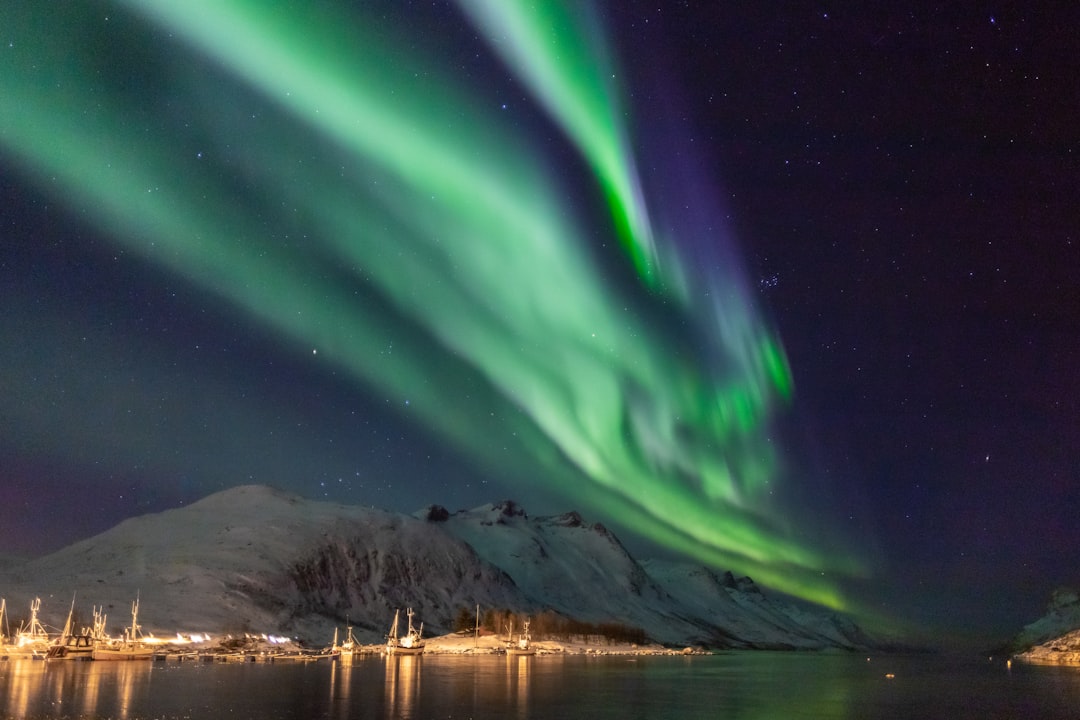


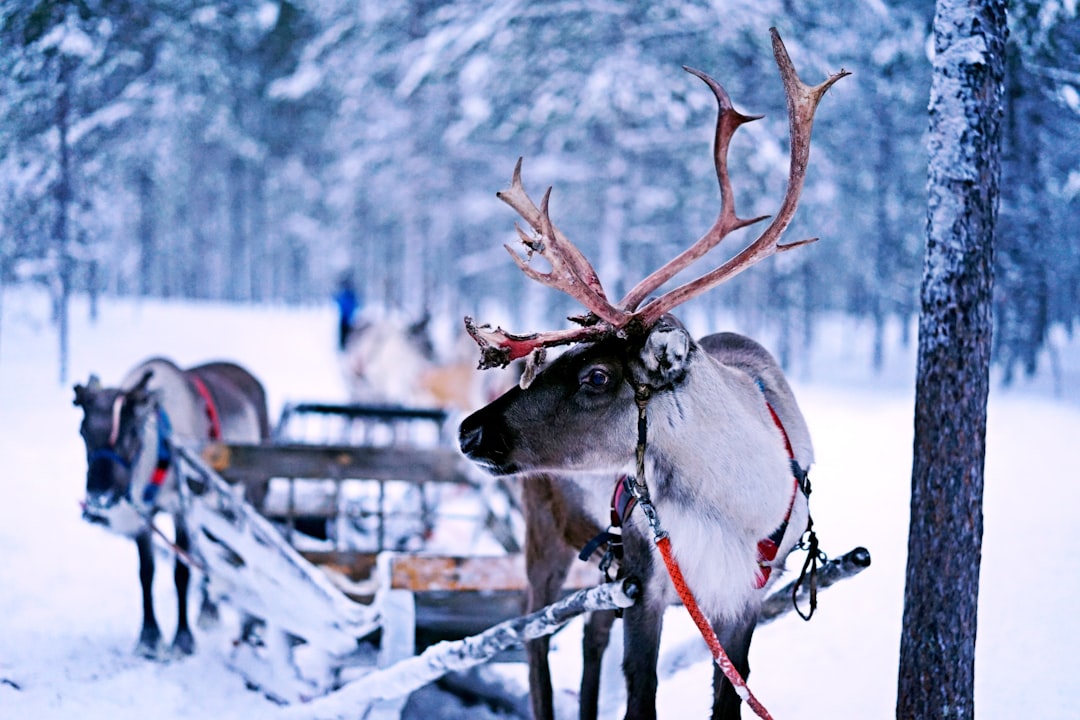


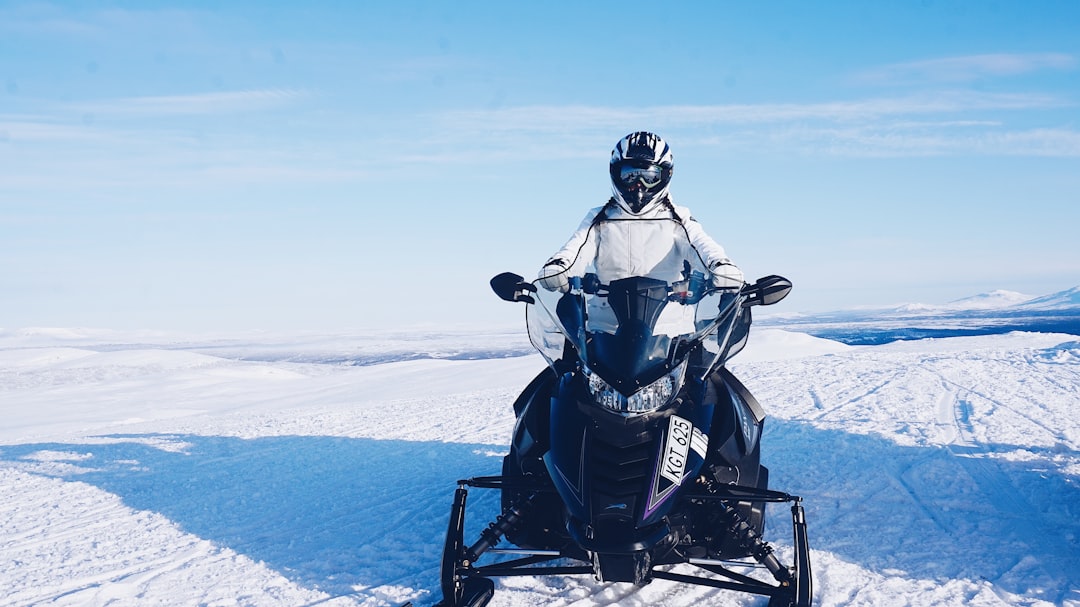


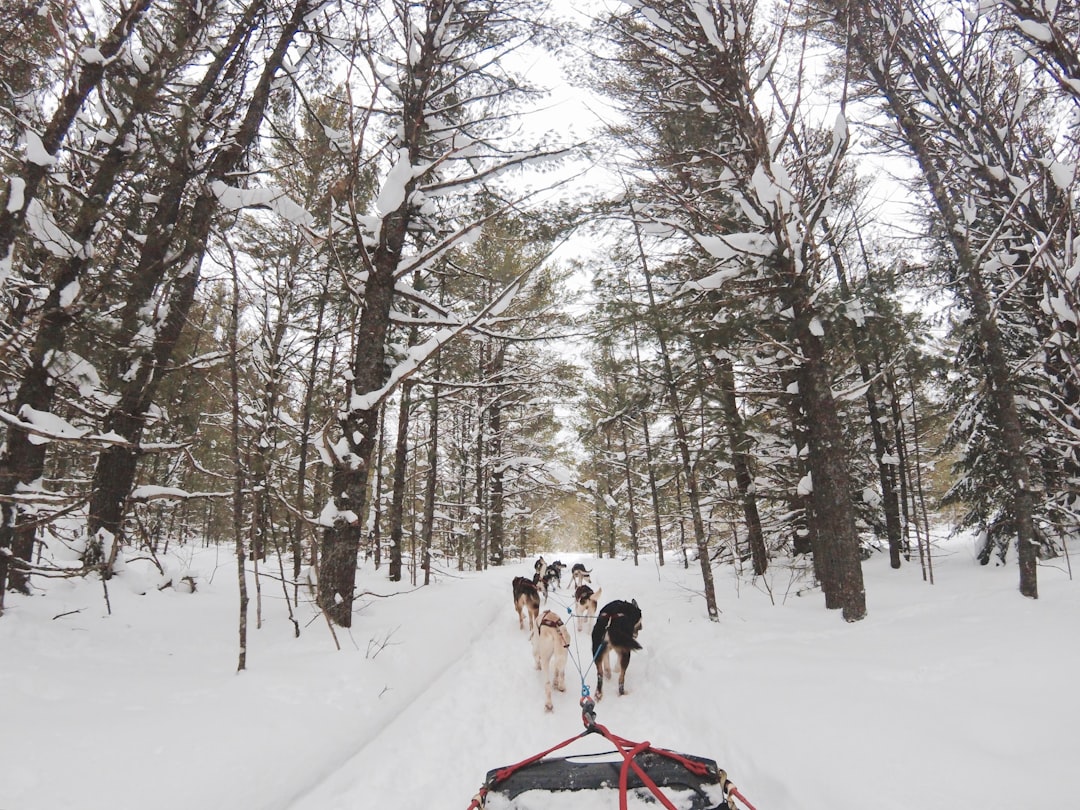



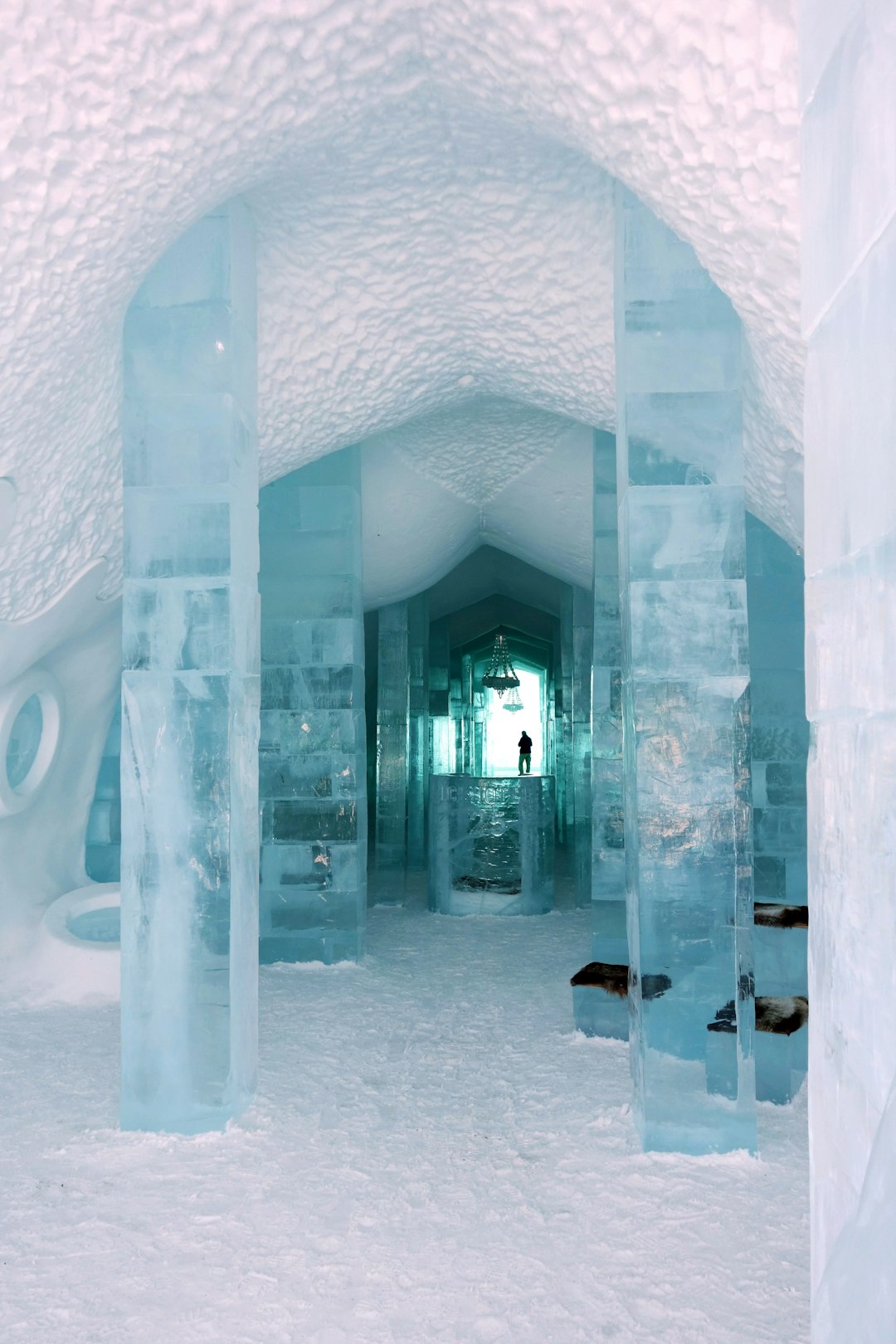
 After breakfast today, we will make our way to the Ice Hotel. The original and world-famous Icehotel is open year-round and we offer a hotel and ephemeral art exhibition in a unique natural cycle, 200 km north of the Arctic Circle. The story of Icehotel starts in 1989 when it became the world’s first and largest hotel made of ice and snow.Each year the winter hotel is reincarnated in a new guise, carefully designed and handcrafted by around 40 artists from all around the world. We will get to tour all the amazing rooms and artwork created. Get your cameras ready — because this is amazing!! After our visit of the Ice Hotel ends, we will depart back to Norway. Driving time is approximately 2.5 hours. We will overnight in Narvik. Narvik is a beautiful town located on a fjord. It is very scenic and beautiful. The city of Narvik is located in
After breakfast today, we will make our way to the Ice Hotel. The original and world-famous Icehotel is open year-round and we offer a hotel and ephemeral art exhibition in a unique natural cycle, 200 km north of the Arctic Circle. The story of Icehotel starts in 1989 when it became the world’s first and largest hotel made of ice and snow.Each year the winter hotel is reincarnated in a new guise, carefully designed and handcrafted by around 40 artists from all around the world. We will get to tour all the amazing rooms and artwork created. Get your cameras ready — because this is amazing!! After our visit of the Ice Hotel ends, we will depart back to Norway. Driving time is approximately 2.5 hours. We will overnight in Narvik. Narvik is a beautiful town located on a fjord. It is very scenic and beautiful. The city of Narvik is located in 
